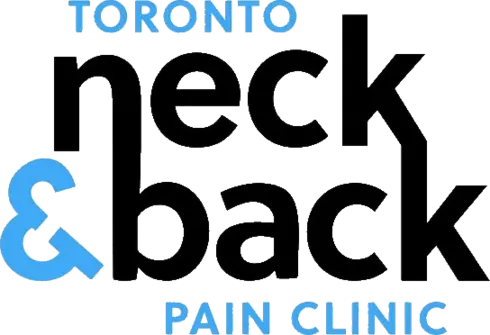How Much Is Too Much Pain? Understanding When to Take Action
Have you ever asked yourself, “How much is too much pain?”
Pain is something everyone experiences. It might be back pain, neck pain, headaches, or even a stubbed toe. No matter the cause, pain is never pleasant, and no one wishes it on themselves or others.
Why People Ask “How Much Is Too Much Pain?”
Most people want to know how to measure their pain. Patients often ask questions like:
-
“How bad is my pain compared to other patients?”
-
“On a scale of one to ten, where does my pain fall?”
-
“How much is too much pain before I should get help?”
These are natural questions. They give people perspective on what they are feeling.
The Challenge of Measuring Pain
Pain is personal. Two people can have the same condition and feel it very differently. One person may rate their pain as a three out of ten. Another may describe it as a seven out of ten.
This makes it difficult to answer “How much is too much pain?” with one universal response. Pain is not only physical. It is also influenced by stress, fatigue, daily habits, and past experiences.
A Better Way to Think About Pain
Instead of asking only, “How much is too much pain?”, it may be better to ask:
“How bad does the pain need to get before I decide to take action?”
Waiting until pain is unbearable usually makes the problem harder to treat. Small aches can be early warnings of bigger issues. Getting help early—whether for lower back pain, neck pain, or headaches—often prevents long-term complications.
When Pain Becomes Too Much
Pain has become too much when it keeps coming back, interrupts sleep, limits daily activities, or grows worse over time. At that point, it is no longer just “normal pain.” A professional assessment can identify the cause and create a plan for lasting relief.

Toronto Chiropractor, Dr. David Koivuranta, at the Toronto Neck and Back Pain Clinic talks about the nature of pain.
Pain Is Not the Best Measure
As a practicing chiropractor in Toronto, I have been asked these questions for more than 20 years. I no longer try to answer “How much is too much pain?” directly. Instead, I explain that pain is binary—it is either there or it isn’t. And if it’s there, it’s already bad enough.
Once pain appears, the real question becomes:
-
Where is the pain coming from?
-
Why is it happening?
-
How is it affecting the body?
-
When should you intervene?
These are the questions that matter most.
Why Pain Can Mislead You
It is possible to tolerate pain. It is also possible to mask it with medication or hide it behind habits. But ignoring pain does not fix the cause. Pain is only a signal, not the full story.
In fact, pain is usually the last symptom to appear and the first one to disappear. The source of the problem may still remain long after the pain has faded. That’s why waiting for pain to be unbearable—or thinking “it’s gone, so I’m fine”—can lead to bigger issues later.
The Healthier Approach
Instead of asking only, “How much is too much pain?”, try asking:
“Why am I feeling this pain, and what should I do about it now?”
Pain should never be left unaddressed. Developing a strategy that treats the cause—not just the symptom—leads to better health, fewer flare-ups, and a stronger future.
By respecting pain as a signal and acting early, you can feel good for longer and protect your body from ongoing problems.





